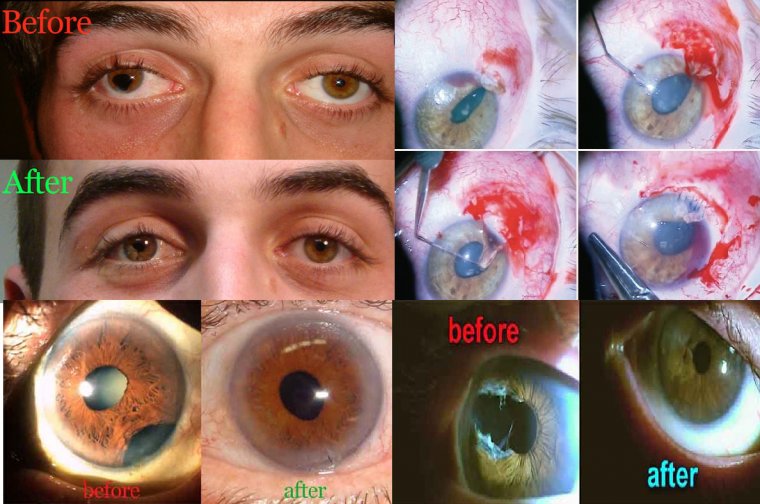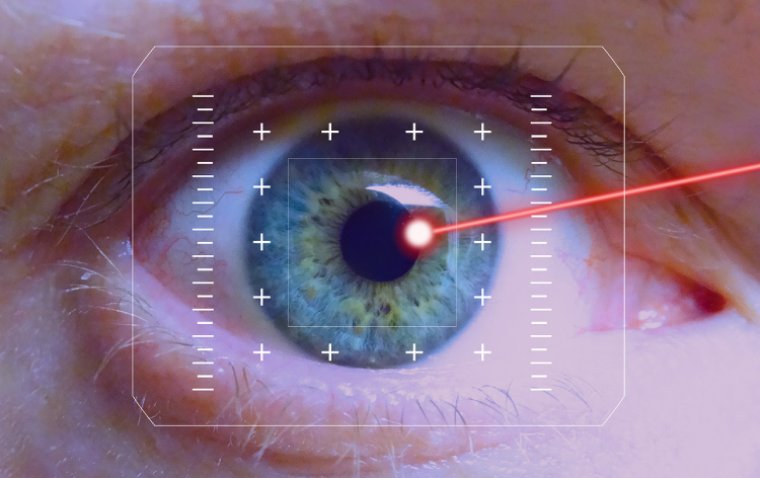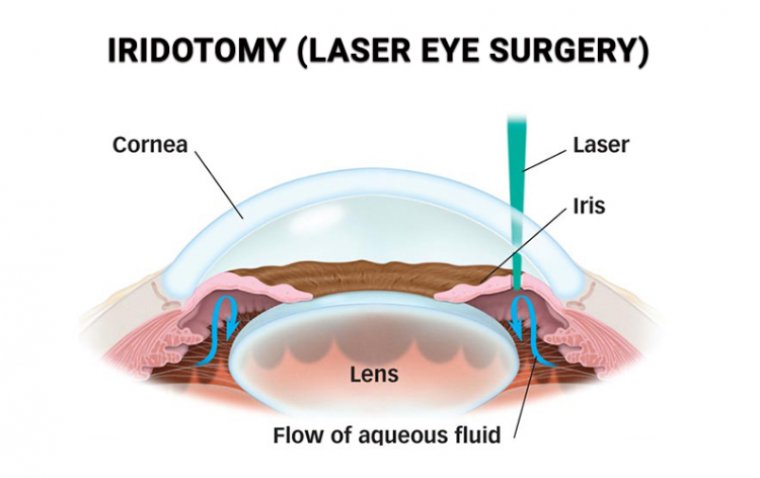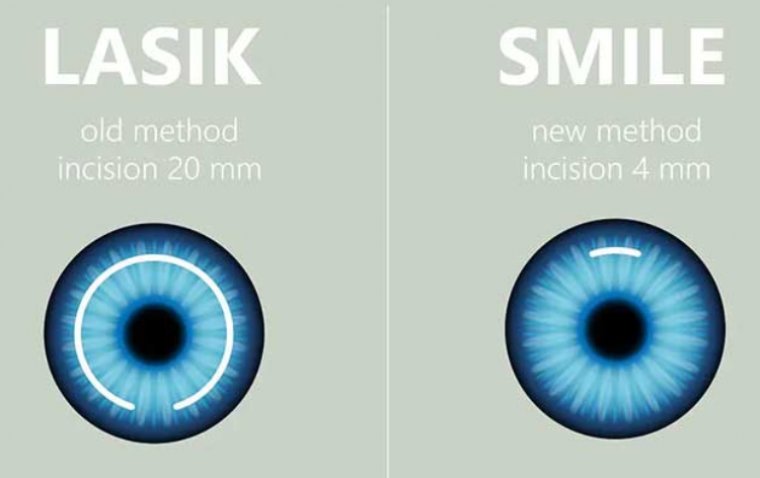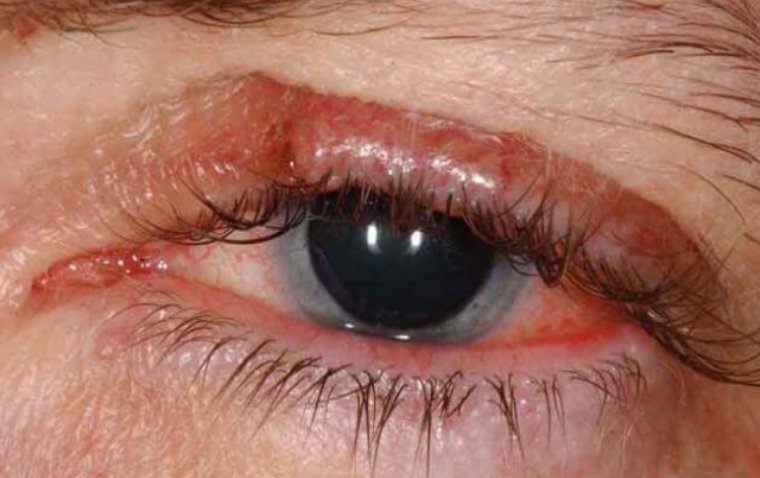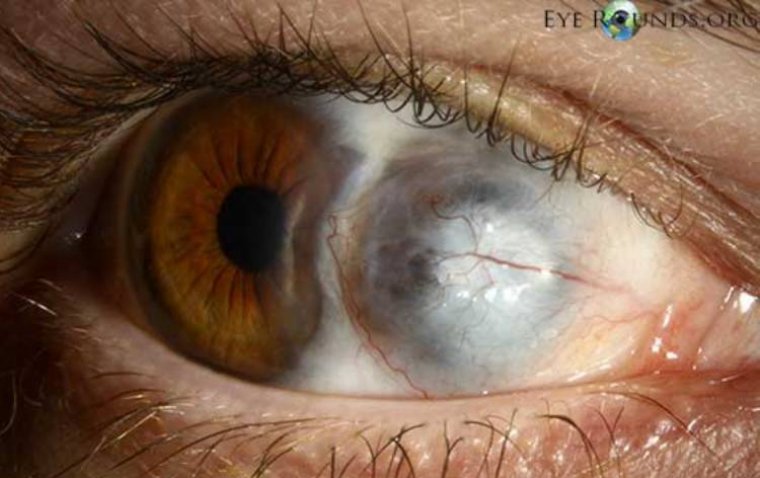
What is Staphyloma?
Staphyloma is a bulging or protrusion of the eye's inner layers through a thinned area of the outer layers. It is typically caused by a structural weakness in the eye, and it can lead to vision problems if left untreated.
There are several types of staphyloma, including posterior staphyloma, which affects the back of the eye, and anterior staphyloma, which affects the front of the eye. Staphyloma can also be classified as axial or non-axial, depending on the direction of the bulge.
What Causes Staphlyoma?
There are several potential causes of staphyloma, including inherited and acquired factors.
Inherited staphyloma is often caused by genetic mutations that affect the development of the eye. These mutations can cause the eye to be weaker or more prone to bulging. Inherited staphyloma is typically present at birth or develops during childhood.
Acquired staphyloma, on the other hand, is caused by diseases or conditions that weaken the eye's structure over time. Some common causes of acquired staphyloma include:
High myopia: Extreme nearsightedness can cause the eye to become elongated and thin, increasing the risk of staphyloma.
Trauma: A blow to the eye or other injury can weaken the eye's structure and lead to staphyloma.
Inflammation: Inflammatory conditions such as uveitis or scleritis can cause the eye to become weaker and more prone to bulging.
Scleritis: Scleritis is a type of inflammation that affects the sclera, or white part, of the eye. It can cause a range of symptoms, including redness, pain, and sensitivity to light.
Glaucoma: This is a group of eye conditions that can damage the optic nerve, which carries visual information from the eye to the brain. It is often associated with high intraocular pressure, or pressure inside the eye, but it can also occur in people with normal eye pressure.
Signs and Symptoms of Staphlyoma
Symptoms of staphyloma may vary depending on the type and severity of the condition, but common symptoms include:
● Blurred vision: Staphyloma can cause the eye to focus light incorrectly, resulting in blurry or distorted vision.
● Sensitivity to light: People with staphyloma may experience sensitivity to light, or photophobia, due to the bulge in the eye.
● Distorted vision: Staphyloma can cause objects to appear distorted or stretched out, as the eye is not able to focus light properly.
● Eye pain: Some people with staphyloma may experience eye pain or discomfort, especially if the condition is severe.
● Feeling of pressure in the eye: The bulge associated with staphyloma can cause a feeling of pressure or discomfort in the affected eye.
Treating Staphlyoma
Treatment options for staphyloma depend on the type and severity of the condition, as well as the underlying cause.
One common treatment option for staphyloma is eyeglasses or contact lenses. These can help correct vision problems caused by the bulge in the eye by refocusing light onto the retina. In some cases, eyeglasses or contact lenses may be sufficient to improve vision and alleviate symptoms.
Surgery is another option for treating staphyloma. The type of surgery will depend on the location and severity of the bulge. For example, a scleral buckle procedure may be used to push the bulge back into place and strengthen the eye's structure. In other cases, a corneal transplant may be necessary to replace the thinned area of the eye with healthy tissue.
In some cases, medical treatment may be necessary to address the underlying cause of staphyloma. For example, if the condition is caused by high myopia, treatment may involve medication or laser therapy to slow the progression of the condition.
If you think you may have staphyloma, it is important to see an eye doctor as soon as possible. Early diagnosis and treatment can help prevent vision loss and other complications. Your eye doctor can help determine the best treatment option for your specific condition.
(1).jpg)
